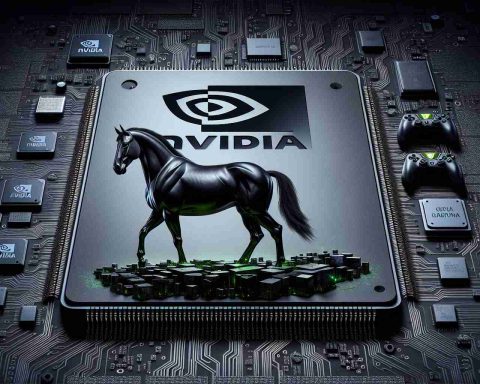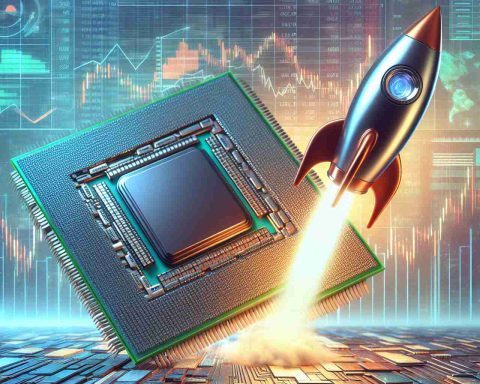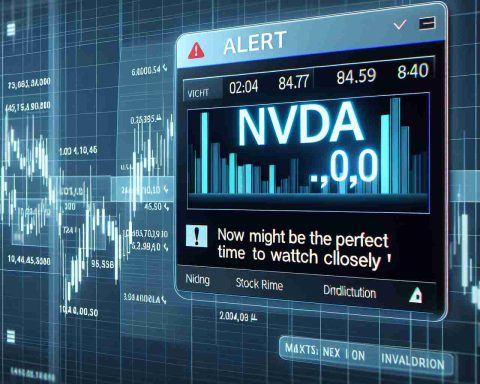Nvidia (NASDAQ: NVDA) has experienced phenomenal growth in its stock price, with an impressive 2,420% increase over the past five years. Despite this remarkable performance, market analysts maintain a predominantly optimistic outlook, as demonstrated by the majority rating the stock as a buy.
However, recent insider trading activity has raised eyebrows. Over the past year, key executives, including CEO Jensen Huang, have sold significantly more shares than they have purchased. Huang, in particular, offloaded nearly 6 million shares within a few months, leading to speculation regarding the company’s prospects.
As of mid-September, Huang still holds an extensive amount of stock worth approximately $8.75 billion directly, in addition to a substantial indirect ownership. This indicates his continued commitment to the company despite the recent sell-off, which was executed through a pre-established trading plan to comply with legal standards.
The driving force behind Nvidia’s valuation remains its leadership in the AI sector. With a staggering 87% of its revenue in the first half of fiscal 2025 coming from data center products, the company is well-positioned to capitalize on the ongoing demand for AI technologies.
Nonetheless, challenges loom on the horizon. Competitors are emerging, and regulatory pressures could affect Nvidia’s market share. Investors should carefully consider these factors along with Nvidia’s growth potential before making any decisions. While the company shows promise, one must weigh the risks involved with such a dynamic industry landscape.
Nvidia’s stock dynamics are influenced by a combination of factors that investors should understand beyond just the company’s revenue growth and stock performance.
Important Questions and Answers:
1. What are the primary drivers of Nvidia’s stock price?
– Nvidia’s stock price is primarily driven by its performance in the gaming industry, its leadership in AI and data center products, and market sentiment regarding the future of technology and AI adoption.
2. How do competitive pressures impact Nvidia’s market position?
– Increasing competition from companies like AMD, Intel, and new entrants into the AI hardware space can lead to price competition and market share erosion, impacting Nvidia’s profitability and future stock performance.
3. What role do regulatory factors play in investors’ considerations?
– Regulatory issues, especially concerning antitrust laws and data protection, can pose challenges for Nvidia, as scrutiny grows around big tech companies. This can lead to increased compliance costs or hindered business opportunities.
Key Challenges and Controversies:
– Insider Trading Speculation: While the selling of shares by executives raises flags, it can also be interpreted through the lens of financial planning and diversification.
– Valuation Concerns: Some analysts argue that Nvidia’s stock might be overvalued given its rapid growth, making it susceptible to market corrections.
– Supply Chain Dependencies: Nvidia relies heavily on semiconductor supply chains which can be affected by geopolitical tensions, such as U.S.-China relations.
Advantages:
– Market Leadership in AI: Nvidia’s dominance in AI and machine learning hardware gives it a first-mover advantage and positions it as a key player in future technological advancements.
– Strong Revenue Growth: The vast majority of revenue comes from high-demand products, indicating robust market acceptance.
Disadvantages:
– High Valuation Risks: The significant stock price increase makes shares potentially overvalued, leading to volatility.
– Dependency on Specific Markets: Heavy reliance on the gaming and data center sectors makes Nvidia vulnerable to downturns in these markets.
For further insights on Nvidia and market trends, you can visit nvidia.com and forbes.com.

















